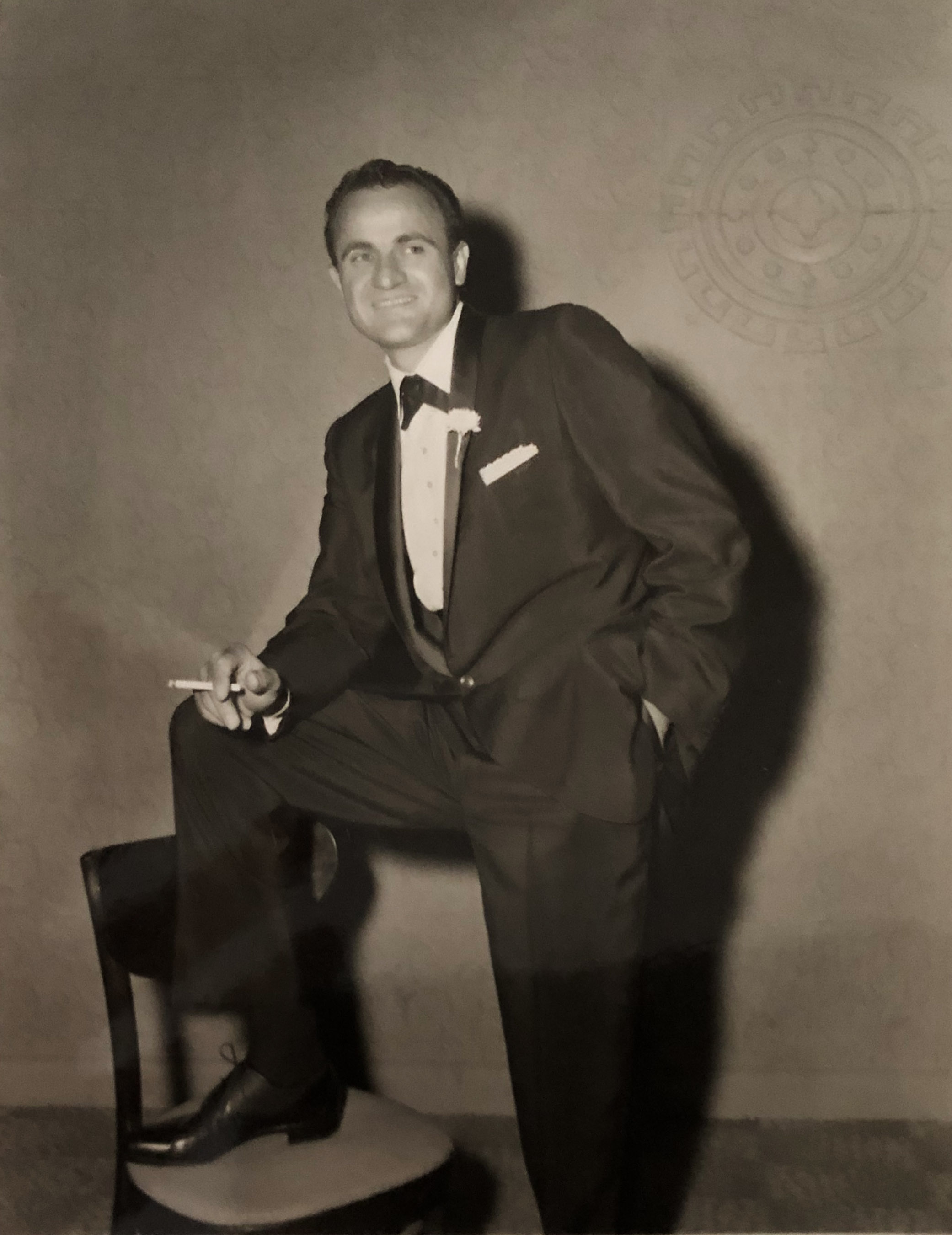George H. Gilbert Co. Records
In 1841, George H. Gilbert and Charles A. Stevens formed a partnership to manufacture broadcloth and cloaking in Ware, Massachusetts. Ten years later, the partnership dissolved and each partner carried a part of the business into separate establishments. The newly formed George H. Gilbert Company continued making high-grade woolen flannels, for which it developed a national reputation, until 1930.
Records, consisting of correspondence, financial records and cash books, construction contracts, sales lists, production records, and sample books, document the operation of Gilbert and Stevens and later the Gilbert Company for almost a century. The labor accounts (1851-1930), document the phases of the varying ethnic composition of the workforce — Irish, French-Canadian, and eventually Polish — well as the family orientation of the mills.


